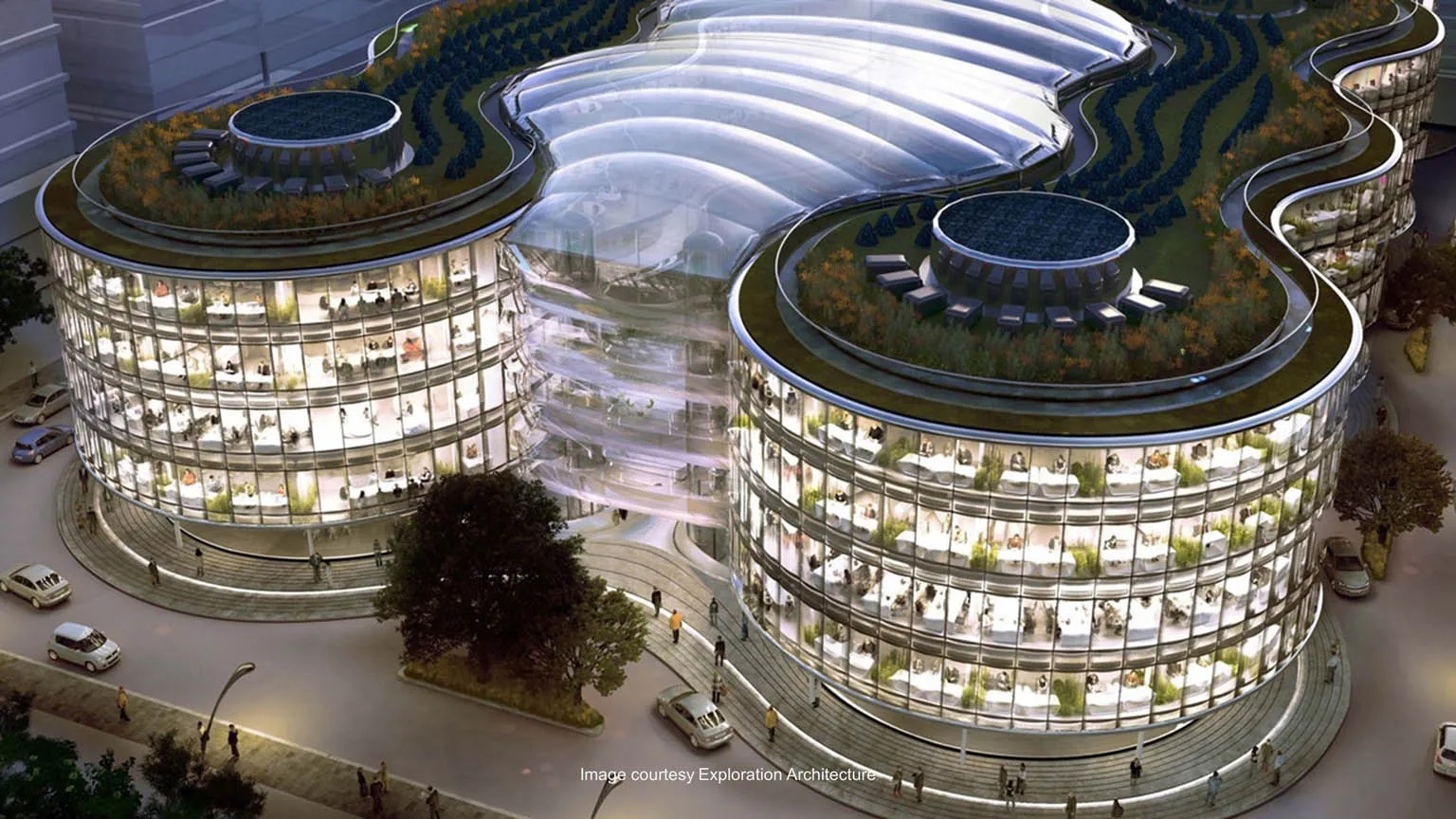
Michael Pawlyn, a spirited British Architect whose design ideology blends creation, sustainability, and environmental commitment in designing built forms. His name invariably stands out as a creative and responsible visionary who urges all of us to look at nature as a design brief to bridge the gap between biology and the built environment. Founder of Exploration Architecture, a studio that challenges the industry to think beyond sustainability into a new era of ecological restoration.
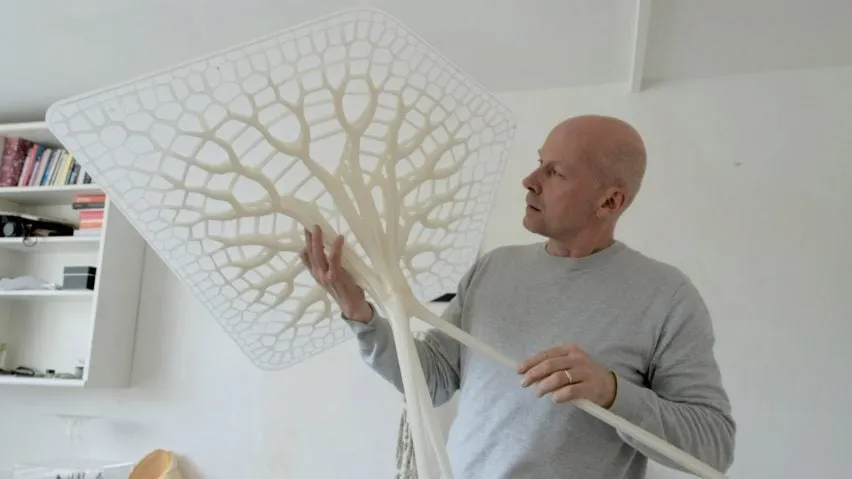
Drawing inspiration from the natural world, Pawlyn calls for a paradigm shift from doing less bad to creating an optimistic impact. Constructing a perspective on regenerative design, he focuses on buildings that actively facilitate ecosystems and mimic the self-sustaining intelligence of nature. He recommends we think beyond sustainable architecture, like a forest that produces oxygen, filters water, forms habitat, and cleans the air, resulting in restoration and regeneration. So can our buildings do the same?
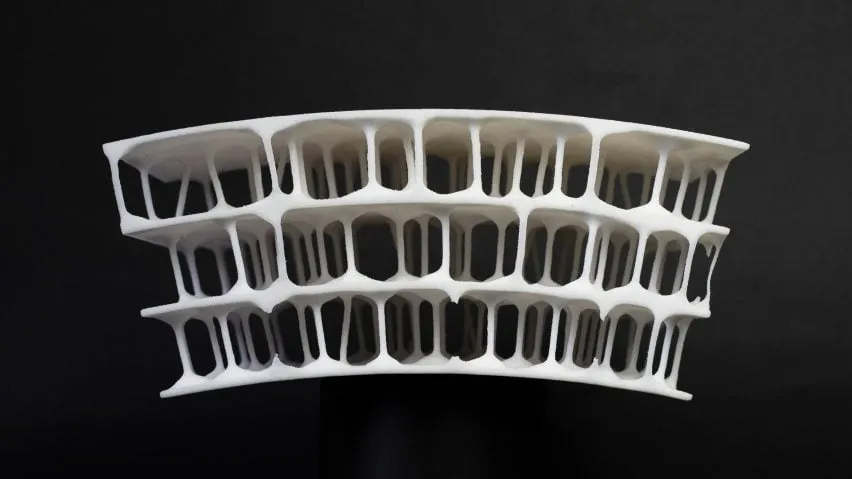
Father of regenerative design, Michael Pawlyn, has profoundly captured that idea in his best-selling books Biomimicry in Architecture (RIBA Publishing) and Flourish: Design Paradigms for Our Planetary Emergency with Sarah Ichioka. He is also a co-founder of Architects Declare, a campaign provoking industry experts to address the climate and biodiversity crises. By adopting nature-inspired techniques and strategies for 21st-century design challenges, Michael Pawlyn’s work emphasizes zero waste, passive cooling, adaptive growth, and biomimicry that offer radical and functional answers.
“We need to be designing buildings and cities that are not just carbon neutral, but carbon positive,” says Pawlyn in his TED Talk, which has garnered over 2 million views.
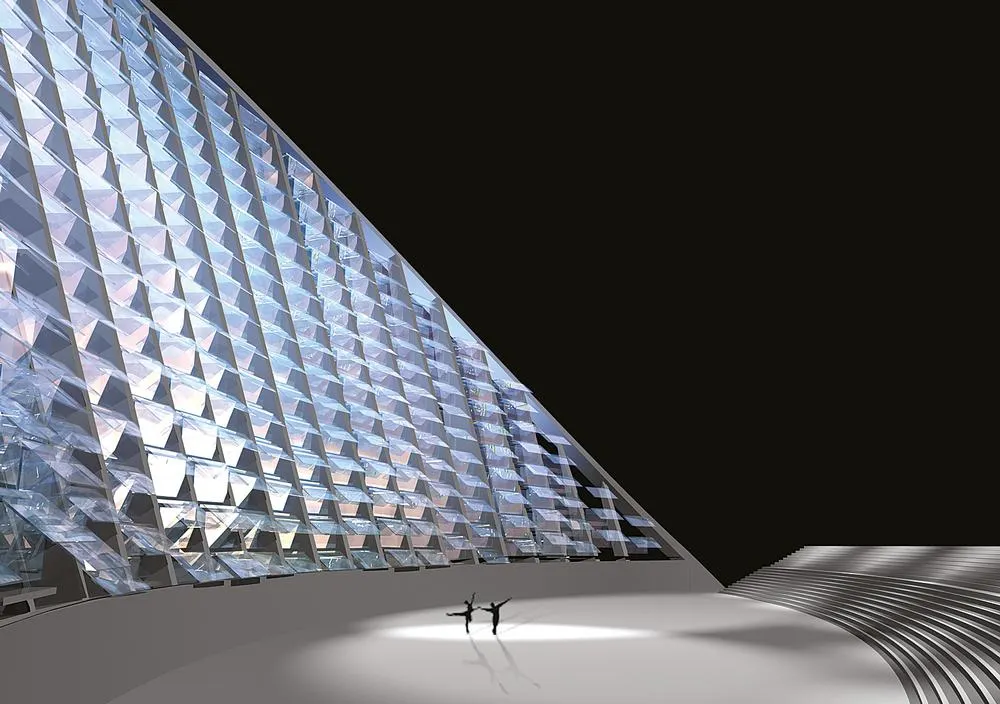
Nature evolved with solutions that are efficient, resilient, and waste-free; pondering on that, Pawlyn and his team are translating these abstract biological strategies into architectural language that speaks about biomimicry. The firm’s philosophy is based on a design path of nature as a teacher. Michael Pawlyn believes that the approach of learning and imitating from nature solves human problems and design challenges.
With years of research, Pawlyn's approach is biomimicry; it is evident that nature offers solutions that are efficient and resilient. He focuses on the powerful reminder that most revolutionary and practical solutions arise from observing and comprehending the surroundings, nature, and their relationship.
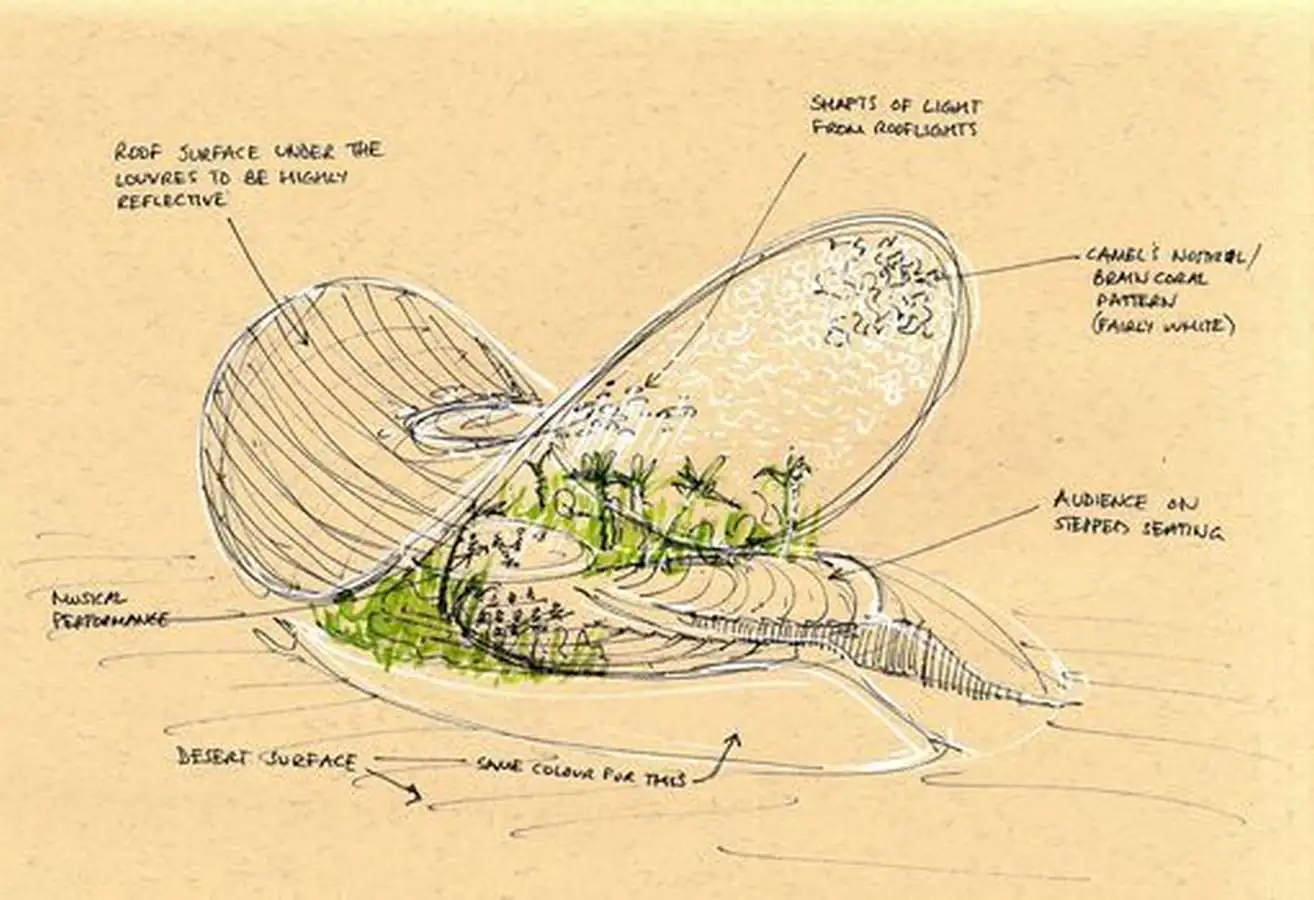
He pushes not only architects but global leaders to build a future that blends with nature, rather than against it. He doesn't just look at nature, but observes and takes notes for structural logic, material efficiency, and climate responsiveness. Inspired by nature, we can observe bird skulls, which have a strong structural framework, and termite mounds that help to understand passive ventilation in hot climates, reducing the need for mechanical systems as a form follows sustainable function in an intrinsically captivating technique.
Michael Pawlyn’s Projects That Inspire
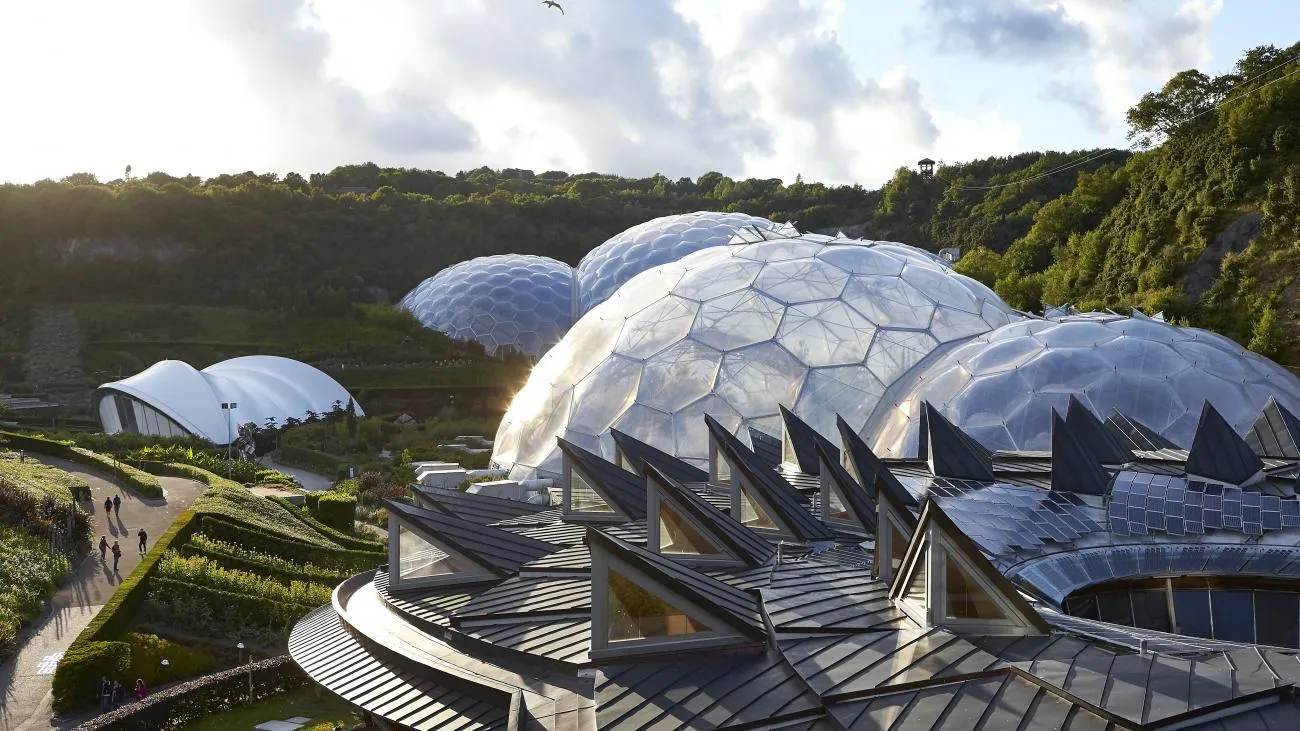
From 1997 to 2007, Michael Pawlyn worked with Grimshaw Architects and contributed as a core team to the widely recognized The Eden Project for the design of the Warm Temperate and Humid Tropics Biomes. A famous ecological attraction built inside a reclaimed clay pit features massive geodesic biomes that mimic the ecosystems. Observing the naturally occurring soap bubbles and pollen grains, the geodesic domes were designed that allow a lightweight structure with minimal material.
To adapt to uneven ground levels, the hexagonal and pentagonal modules of the ETFE (Ethylene Tetrafluoroethylene), a weightless material, were specified like natural cellular structures that have good insulating properties and light transmission qualities, allowing biomes to self-sustain. The Eden Project was an innovative demonstration of how design inspired by nature can create functional spaces in difficult circumstances.
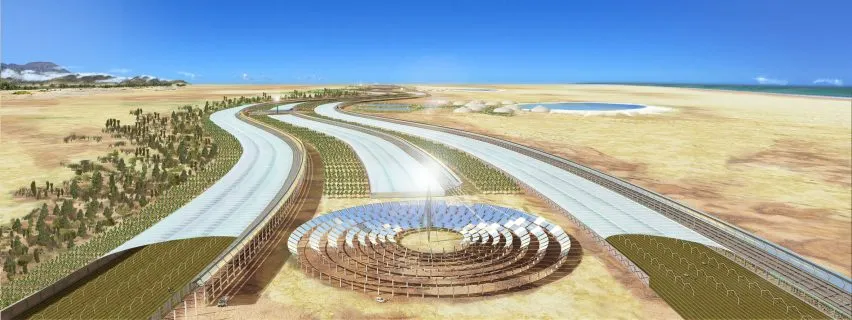
A pilot project, in Qatar, Jordan, and Tunisia, aimed to reverse desertification, provide fresh water, grow food, and generate clean energy in arid environments. The Sahara Forest Project integrates methods of saltwater greenhouses, solar, and renewable energy, motivated by the Namibian fog-basking beetle, which collects condensation on its back. Saltwater-cooled greenhouses use evaporated seawater and concentrated Solar Power (CSP) employs mirrors to focus the sunlight for generating electricity. The synergy of these technologies imitates the interconnectedness found in untouched ecosystems, resulting in a cycle where waste from one strategy becomes a valuable resource for another.
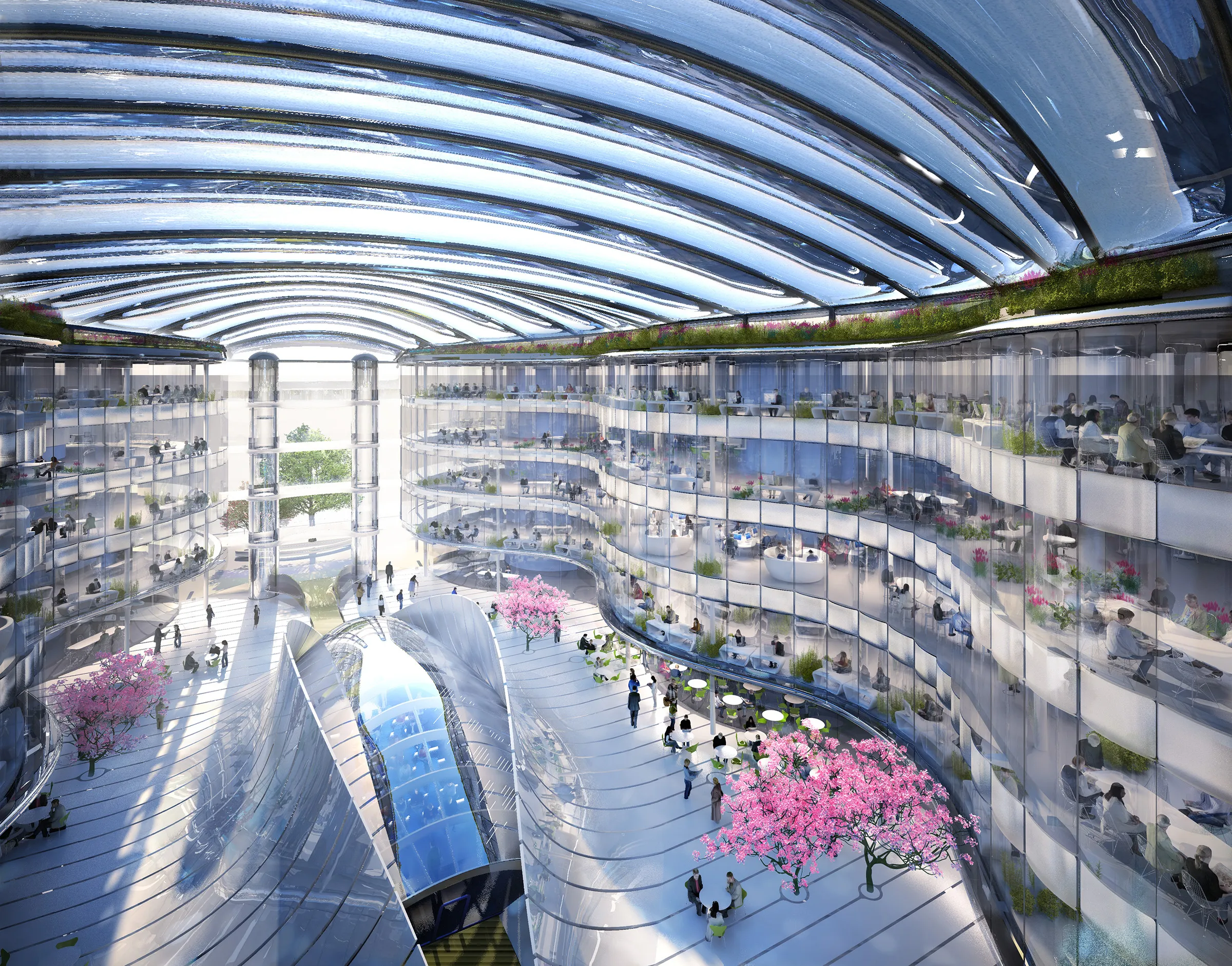
An office building was conceptualized as a living organism that utilizes energy, light, and ventilation through biological guides. Inspired by natural cooling systems, the spookfish eye for reflective surfaces and structural efficiency, the office building was designed to function in a resource-efficient, healthy, and constructive manner that minimizes environmental consequences in a workplace. The biomemetic innovation was found in structures based on internal lattice work like a skull of a toucan, daylighting strategies imaging the surface of a starfish, and ventilation and shading uses plant strategies. It is proven to be next next-generation workspace that is regenerative and efficient in design.
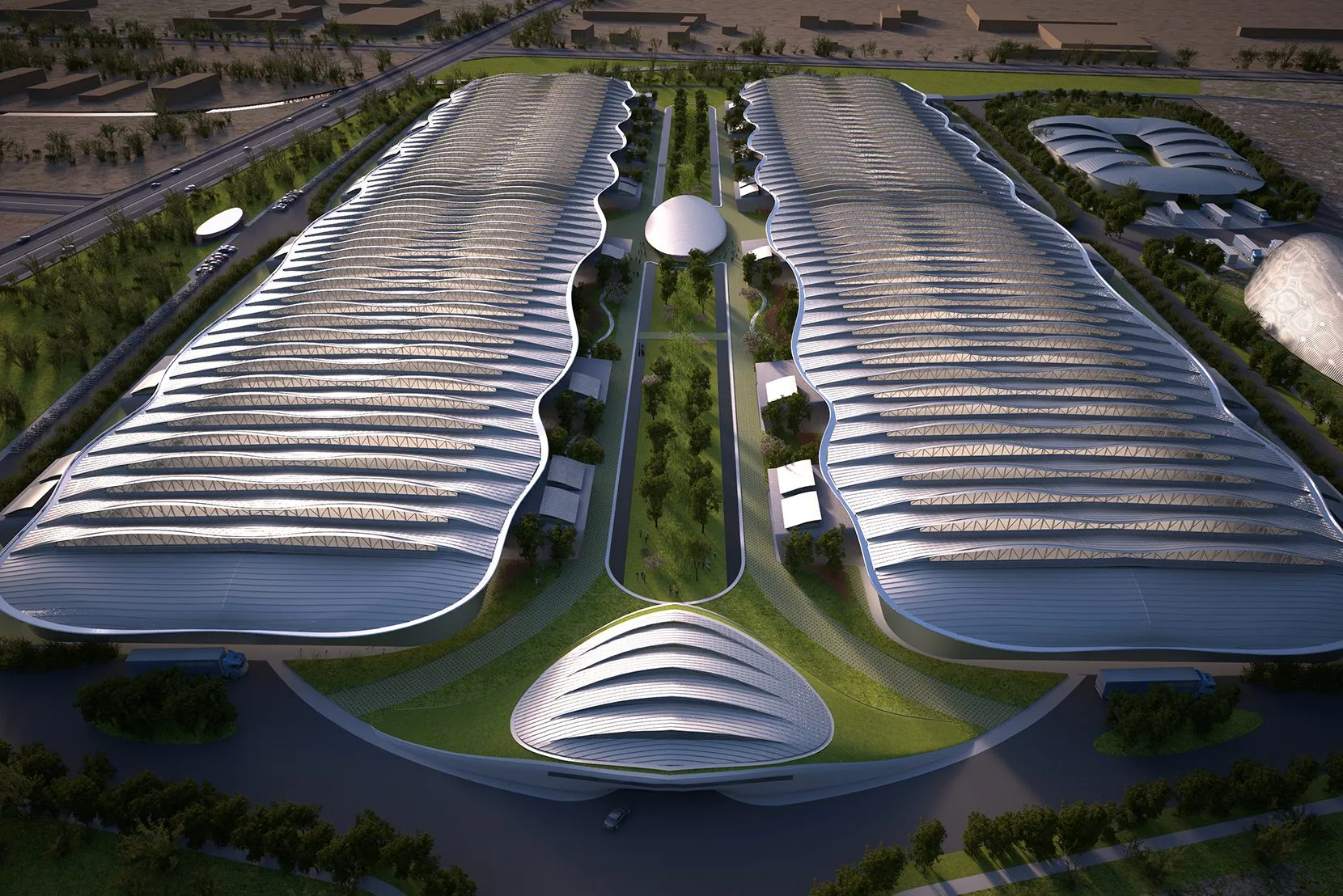
Designed on the principle of circular economy, Zero-Waste Textiles Factory is a manufacturing facility that reflects nature’s nutrient cycles. It functioned on zero waste, whereby products from one process become inputs for another, resulting in a closed-loop system where materials are reused and recycled in a continuous process. Collaborating with sustainable textile manufacturers, the innovative concept was inspired by fungal ecosystems and leaf litter ecosystems that support new growth.
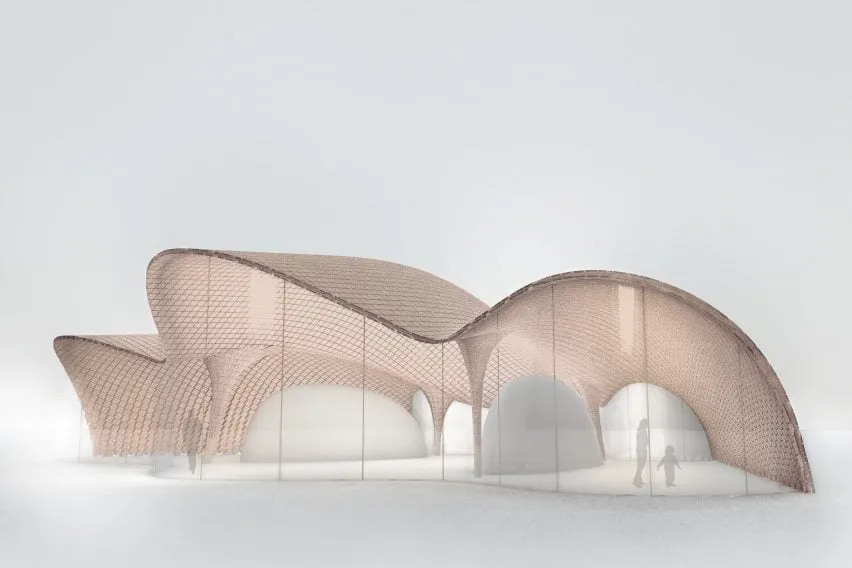
The father of regeneration, Michael Pawlyn’s biomimetry work represents innovation and a call to build a future that heals the planet. For a future which is defined by climate crises, resource scarcity, and ecological damage, his inspiring projects show us how architecture can be translated to restore, regenerate, and redefine. By mimicking nature’s role in designing ecological buildings, his design philosophy focuses on functionality and elegance. His innovative work challenges the Architects of today to deliberately consider before building on the earth, examining the possibility of designing with nature and incorporating principles of regenerative design.
You must be logged in to comment.